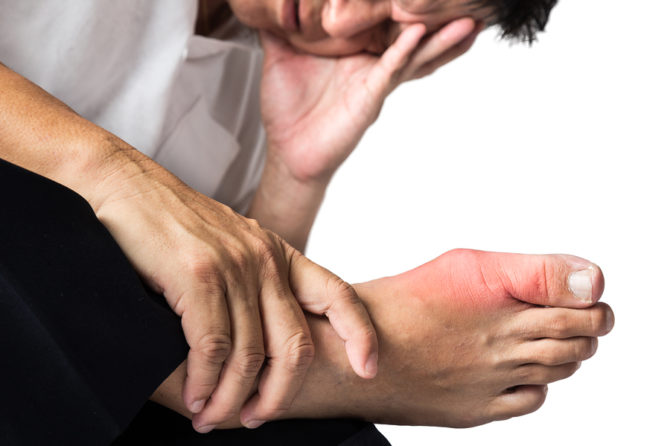
My Big Toe Feels Stiff
Is your big toe feeling stiffer than before? Do you have trouble or pain when curling or bending your big toe? This could be a condition called Hallux Rigidus.
Hallu..what?
Hallux Rigidus. Hallux refers to the big toe and Rigidus refers to the rigid stiffness felt as the condition progresses. This condition is a type of arthritis that forms in the MTP (metatarsophalangeal) joint at the base of the toes. Hallux Rigidus affects about 1 in every 40 people over the age of 50.
Am I At Risk for Hallux Rigidus?
It’s not 100% known why Hallux Rigidus forms and there can be many underlying factors that contribute to the condition. Hallux Rigidus tends to affect women more than men and is particularly common in persons with certain medical conditions, such as another form of arthritis. Abnormalities in foot structure or even a prior injury to the great toe can also trigger Hallux Rigidus. You are also more likely to develop this condition if a family member has also had it.
What Are the Symptoms of Hallux Rigidus?
You may not notice Hallux Rigidus at first because the warning signs are quite subtle. Eventually, these will worsen over time and become painful. The early indications of Hallux Rigidus include mild pain and stiffness in the big toe usually with swelling around the base of the great toe joint.
As symptoms progress, you may experience a total rigidity of your big toe so you are unable to bend it. You can also form a hard lump (like a bunion or bone spur) over the top of the joint. These symptoms may affect your gait and force you to start walking in an unnatural and uncomfortable way to avoid pain in the great toe.
How Do I Avoid Hallux Rigidus?
Because Hallux Rigidus evolves from a number of factors, there is no guaranteed way to avoid this condition. However, there are things you can do to protect your toes and lessen your risk. First, always wear supportive shoes that protect the big toe from being overly bent or injured. Pay particular attention to this area if you already suffer from another form of arthritis. And, talk to your foot doctor immediately if you experience symptoms of Hallux Rigidus.
How Do I Treat Hallux Rigidus?
Hallux Rigidus is a progressive condition meaning the earlier you catch and treat it, the easier and more conservative the treatment will be. Non-surgical options include steroid injections, platelet-rich plasma (PRP) injections, better footwear, and additional foot supports. However, treatment only delays further symptoms, it does not cure the condition. In extreme and painful cases of Hallux Rigidus, your podiatrist may recommend a surgical procedure such as one to remove bone spurs, fuse the toe joints, or even resurface or replace the great toe joint.
If you’ve been feeling stiffness in your big toe or have pain in the great toe joint that seems to predict the weather, then you need to see your FAAWC provider to discuss Hallux Rigidus. Call today!
Leave a reply